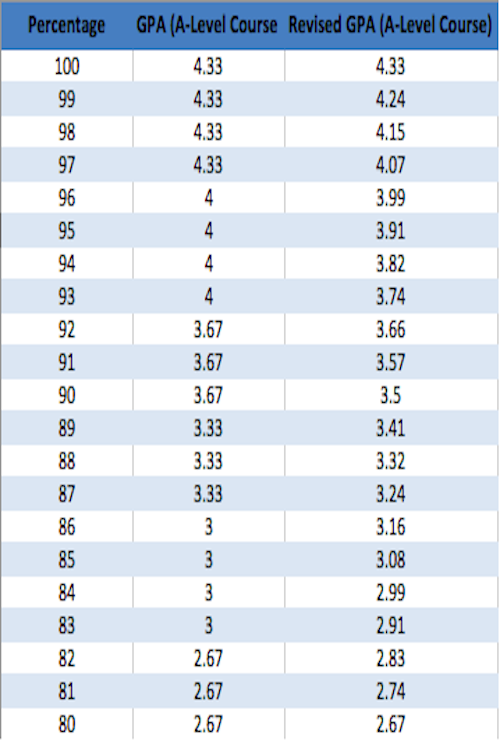Meet GPA: the three-lettered term that pops into my thoughts as I fall asleep, lurks in my mind as I watch TV and creeps into my brain as I do my homework.
I wouldn’t be surprised if I still have stress dreams about raising my GPA when I’m an eighty-year-old grandmother. And considering the amount of dedication I put into making my GPA the absolute highest it can be, I would like to think that I’m being rewarded.
But unfortunately, that’s not always the case due to the ever-feared ‘Borderline Grade.’
In an A-level class at Staples High School, and most schools throughout the country, your GPA for that class is a 4.33 if you have an A+, a 4.0 if you have an A, a 3.67 if you have an A-, and so on.
But that means that only the grade range counts, not the actual grade.
That means that if one student has a 92.55, and another has a 96.45 they obtain the same amount of points towards their GPAs since they are both technically As. Can someone please explain to me how that’s fair?
People either slack off a little if their grade is at the top of a particular range, or cram if their grade is at the bottom of the range. However, if students were rewarded by their actual percentage, they would always try their best.
Here’s a proposal: make specific marks along the way. For example, have a 93 equal a 3.74, and a 96 equal a 3.99. That way, everyone will be motivated, and nobody will be disappointed when report cards roll around and he or she realizes that their grade fell .1 short of being in their target range.
This change might even rid stress over GPA from all of our minds (maybe).















































